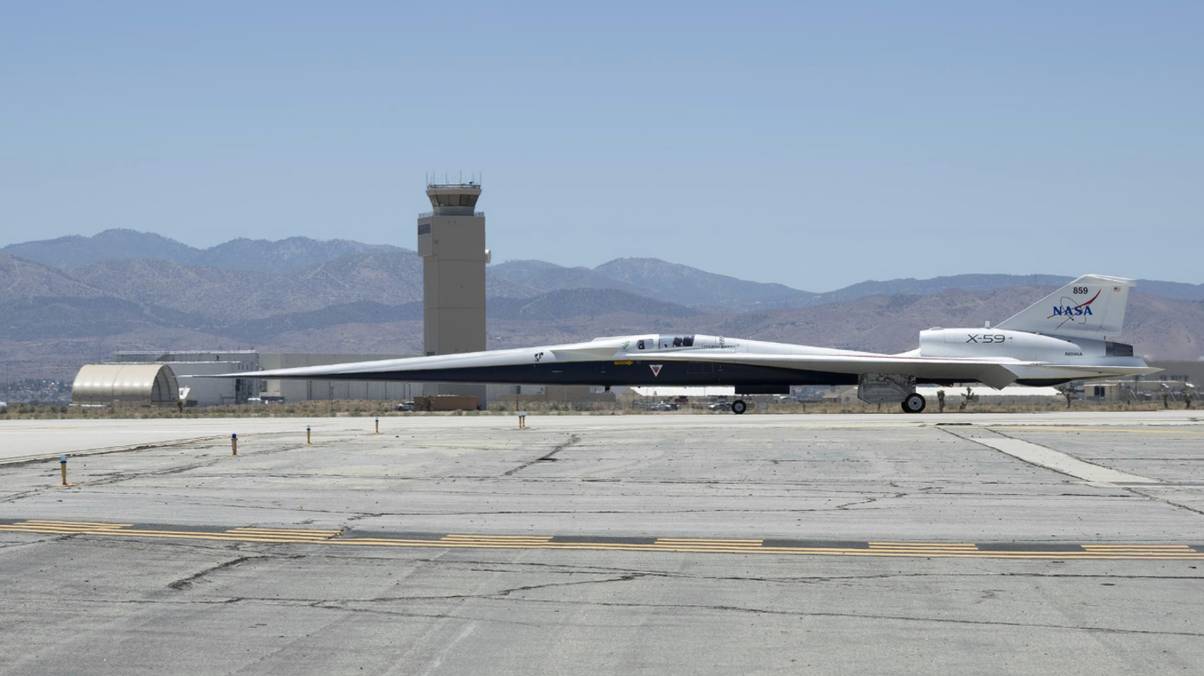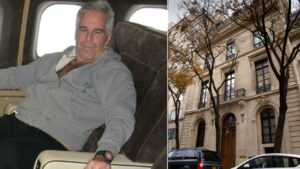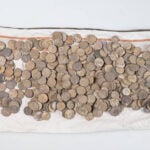NASA’s ‘Son of Concorde’ Breakthrough Could Slash London to New York Flight to 3.5 Hours—Here’s What Changed
So, imagine shaving the typical New York to London flight down to less than four hours—yes, less than your average binge-watch session—and doing it without rattling your eardrums with thunderous sonic booms. Enter NASA’s X-59 jet, affectionately tagged the ‘son of Concorde.’ It’s not set to break the Concorde’s 1,350mph speed record anytime soon (we’re talking a cool 925mph here), but its game-changing mission? To cruise supersonic quietly. Now, why does that matter? If they pull this off, it could mean the return of supersonic passenger travel without waking every city under the flight path. Crazy, right? Just recently, this sleek beast rolled onto the runway for its first taxi test, inching closer to its maiden flight—and audio peace for all. Ready to find out if silent supersonic flight is finally taking off? LEARN MORE
A plane that’s set to fly from London to New York in less than four hours has just had a major update.
NASA, along with Lockheed Martin, first unveiled the X-59 jet in January 2024, with the goal of developing a ‘quiet’ supersonic plane.
The jet – which has been given the nickname ‘son of Concorde’ – aims to cover huge journeys in silence, is expected to reach speeds of 925mph, while the Concorde was able to travel at 1,350mph.
The original Concorde could carry passengers too, while the ‘son of Concorde’ is only meant to test the sound.
However, if supersonic travel can be made quiet then it could lead to the development of new supersonic passenger planes once again – at least that’s what NASA is hoping to achieve.
And recently, the space agency announced a huge update in the plane’s development.
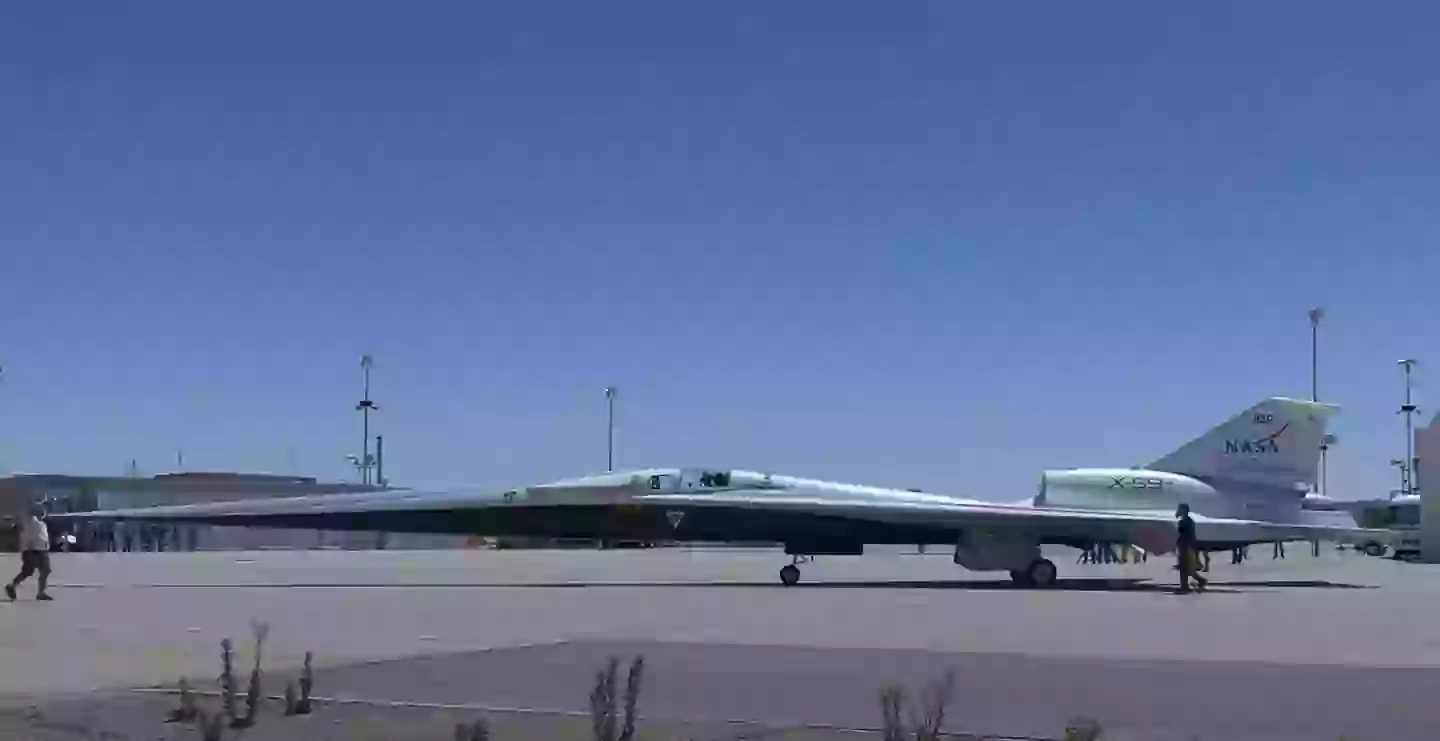
The plane has been undergoing taxi tests on the runway (NASA)
The X-59 jet has taxied on the runway for the very first time, NASA explained in a press release.
“NASA’s X-59 quiet supersonic research aircraft has officially begun taxi tests, marking the first time this one-of-a-kind experimental aircraft has moved under its own power,” they explained.
The latest update represents the aircraft’s last series of ground tests before it embarks upon its first flight.
Over the coming months, X-59 will increase its speed to the point just before it would take off.
“During the low-speed tests, engineers and flight crews monitored how the X-59 handled as it moved across the runway, working to validate critical systems like steering and braking,” said NASA.
In the pilot’s seat was Nils Larson, as well as other NASA and Lockheed Martin team members.
NASA explained that during the tests, engineers monitored how the aircraft moved and also tested steering and braking.
“These checks help ensure the aircraft’s stability and control across a range of conditions, giving pilots and engineers confidence that all systems are functioning as expected,” they said.
The aircraft is part of NASA’s Quesst mission, as they attempt to develop a ‘quiet’ supersonic aircraft.
While a flight time of three and a half hours seems impressive, the Concorde still holds the record for the fastest commercial transatlantic flight.
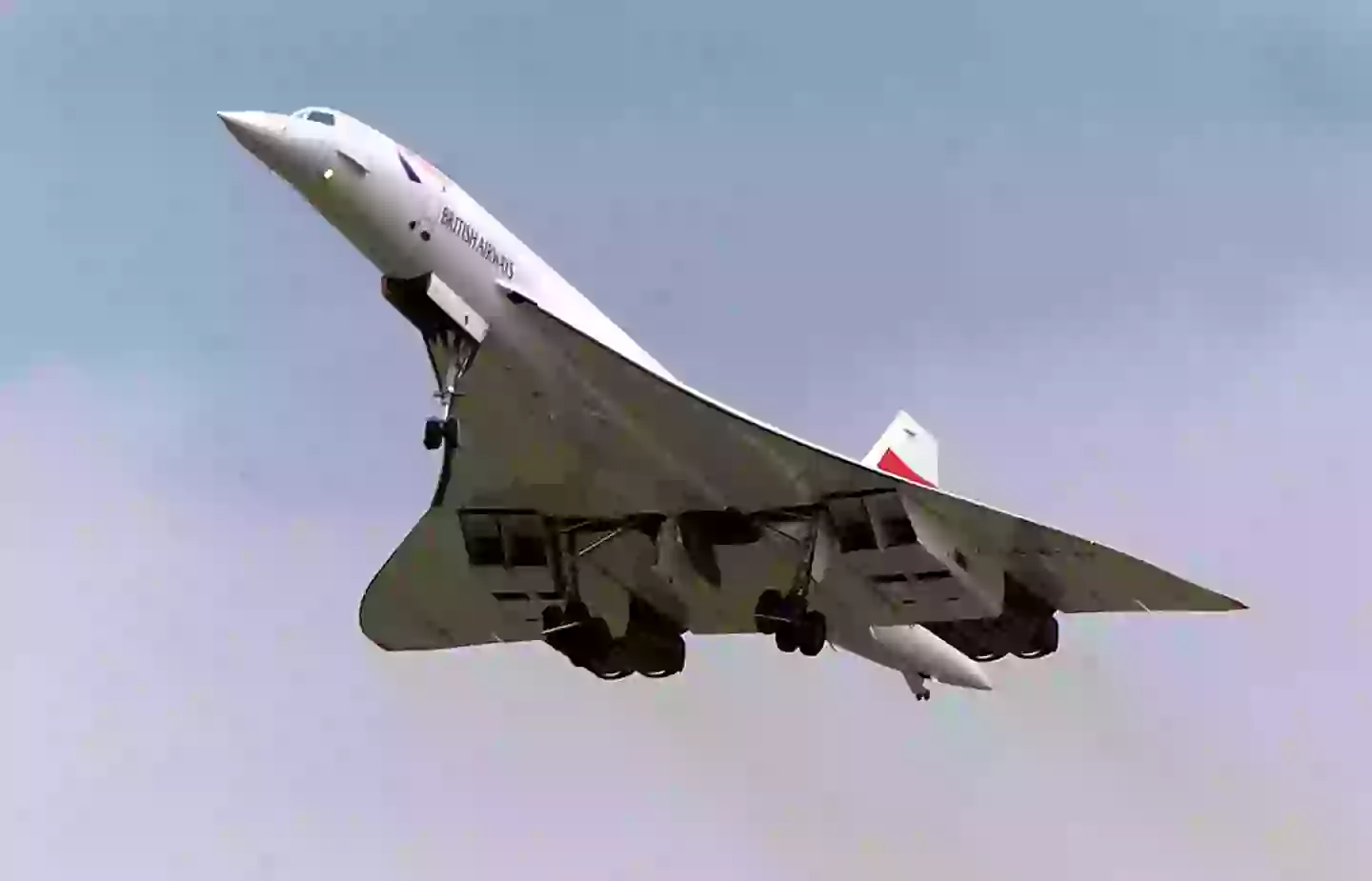
A concorde flight in 2001 (Hugh Thomas/BWP Media/Getty Images)
On 7 February, 1996, one of the supersonic planes completed the journey across the Atlantic Ocean in two hours, 52 minutes and 59 seconds.
Almost 30 years on and no civilian aircraft has made the trip between JFK and Heathrow faster than the Concorde managed to.
The fastest ever journey between America and the UK by a subsonic civilian aircraft was four hours and 56 minutes.
This happened in 2020 when a British Airways 747 arrived 80 minutes ahead of schedule after it was buoyed along by a jet stream caused by Storm Ciara.
However, it’s not the only plane out there with aims of faster travel, as Boom Technology’s own ‘Son of Concorde’ – the XB-1 jet – is also going through some flight tests.
Earlier this year, it was reported that the jet could be about to hit supersonic speeds, too.
Auto Amazon Links: No products found.
